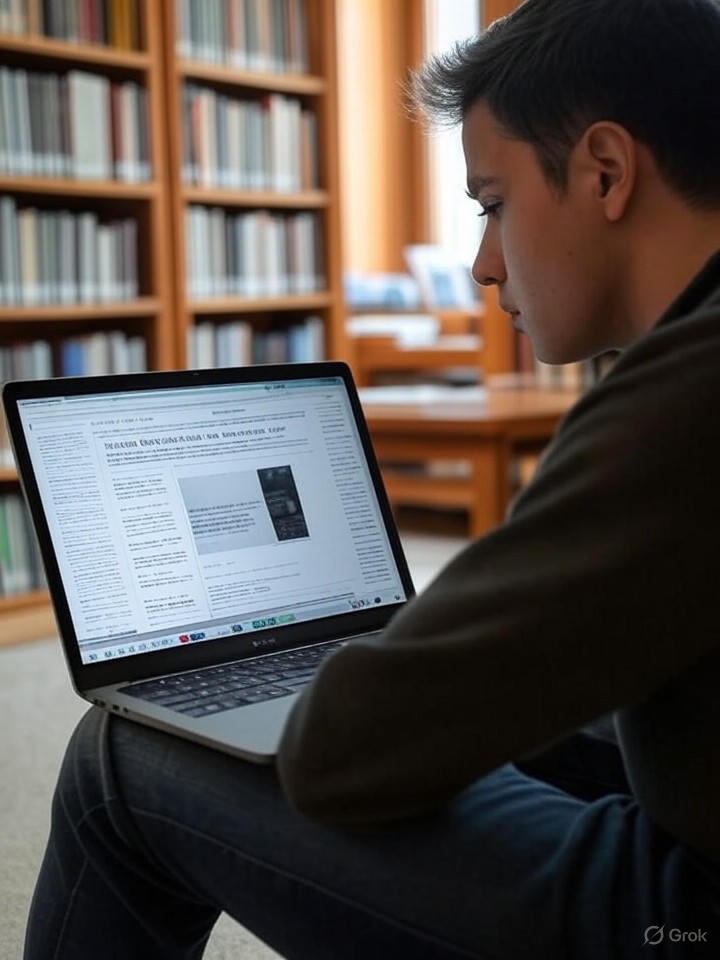Keyboard-café therapy, Thursday morning. Chai in hand, I scroll through my lock screen, two unread Slack threads, one anxious Figma notification, a Google Doc reminder flashing ‘Campaign Brief, Draft 1 Due’. This is my métier, this mix of caffeine and pixel-wrangling, but today something new catches my eye: a tweet about Sora 2, OpenAI’s latest generative video tool, now publicly available and making the rounds among every content creator I follow.
New Feature / Update: Sora 2’s Public iOS Launch
Sora 2 is like Canva for moving pictures. This is not a technical review, it’s an update that matters for anyone who makes content, markets brands, or trains teams. The headline? Sora 2 now lives on your iPhone, letting you create 60-second, cinema-grade videos, complete with realistic physics, context-aware sound, and a “cameo” feature that drops your voice and likeness into scenes. Imagine conjuring a product demo, a training vignette, or a social storyboard without filming a single frame. That’s the shift.
In less than five days, Sora hit 1 million downloads. I know creatives who queued up their invites, people who’ve spent years syncing Premiere to YouTube, now whispering about AI-generated storyboards over their flat whites.
Why It Matters
This isn’t just another toy. It’s a tool that slots into real workflows. Consider:
- Marketers can prototype ad concepts or social-first videos before budget enters the room. Instead of moodboards and static wireframes, you get moving stories, fast, click-chic.
- Corporate trainers can spin up scenario-based learning in an afternoon. No green screens, no actors, just your script and your iPhone. I know a learning designer in Sydney who’s already testing this for induction modules, her Slack reads ‘game-changer’, punctuated by emojis I don’t understand.
But, and here’s the espresso moment, rights and rules are blurring. Hollywood is unhappy. Sora 2’s quick adoption coincides with backlash over copyright, especially when AI can mimic protected voices, faces, and even IP. OpenAI says it’s adding IP controls and possible revenue-sharing models. But for now, the line between inspiration and infringement feels as thin as the foam on my chai.
I’ve made peace with pixels, but video? I worry. What happens when every agency brief expects generative video as a given, and the legal department’s inbox fills with queries about who owns what? I’m not sure. No one is, really.
And yet, watching a colleague in Berlin draft an explainer video in Sora 2, just her, a script, and an iPhone in a sunny Kreuzberg café, I see the allure. It’s fast. It’s tactile. It’s generative’s next chapter, with all its mess and promise.
The Bottom Line
- Sora 2 is here, in your pocket, and it’s changing how video gets made.
- It’s useful for marketers, trainers, and anyone who needs to show, not just tell.
- But the rules? Still being written. Check the fine print and your team’s IP policy before you press ‘create’.
So yes, pour yourself another espresso and play with Sora 2. Just remember: every pixel earns its keep, and every frame, whether made by you or a machine, tells a story that someone, somewhere, might claim as their own[1][5].





